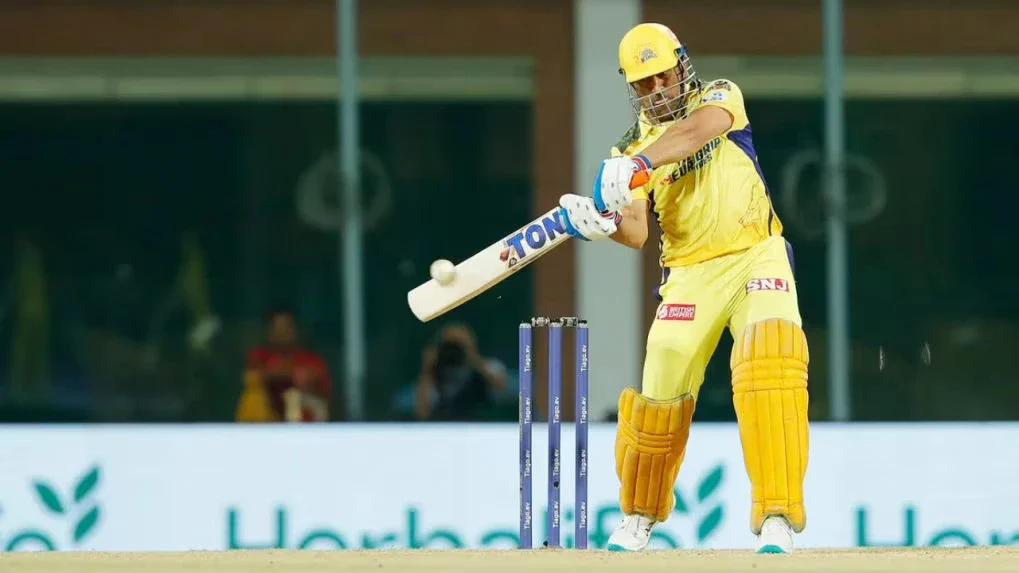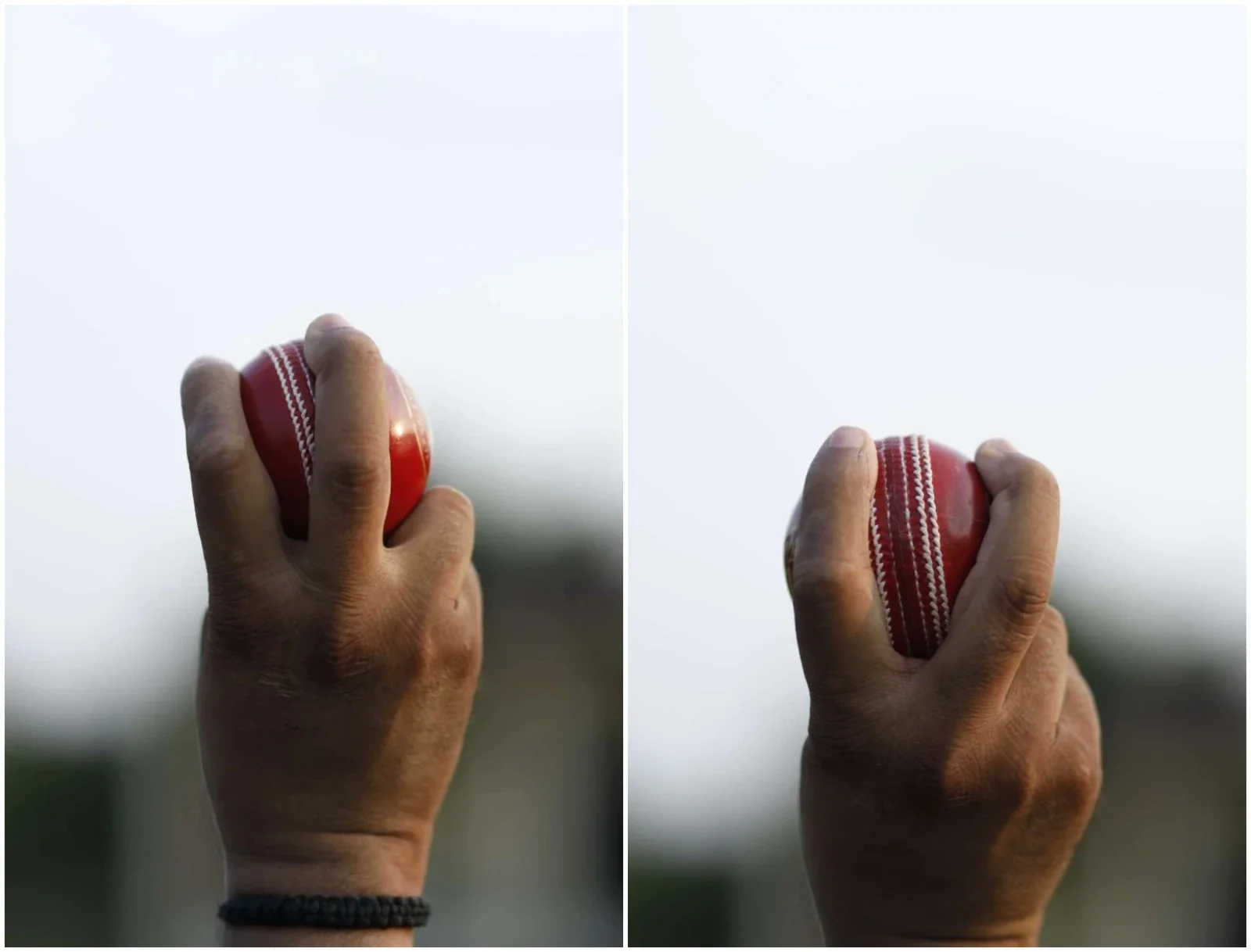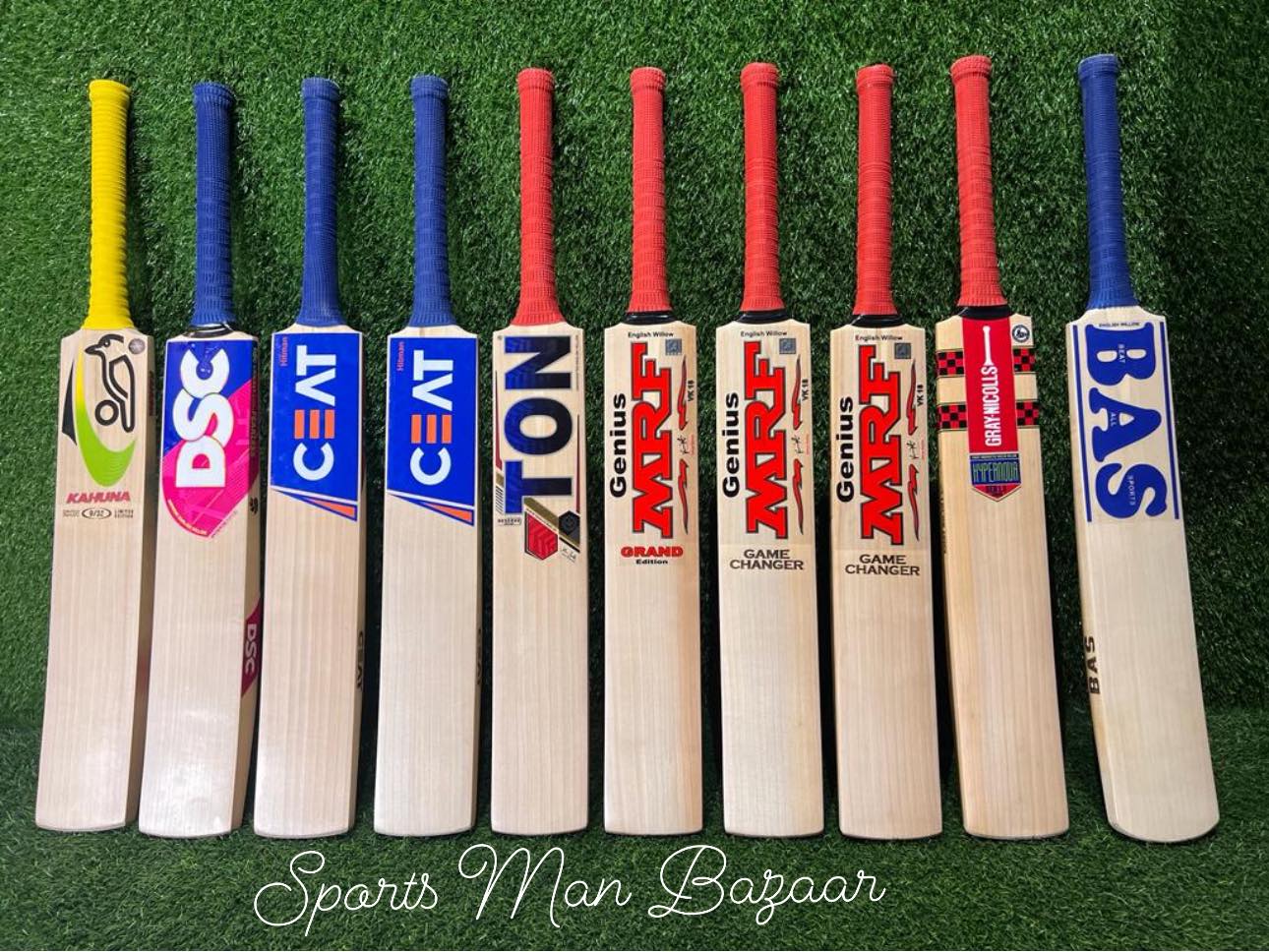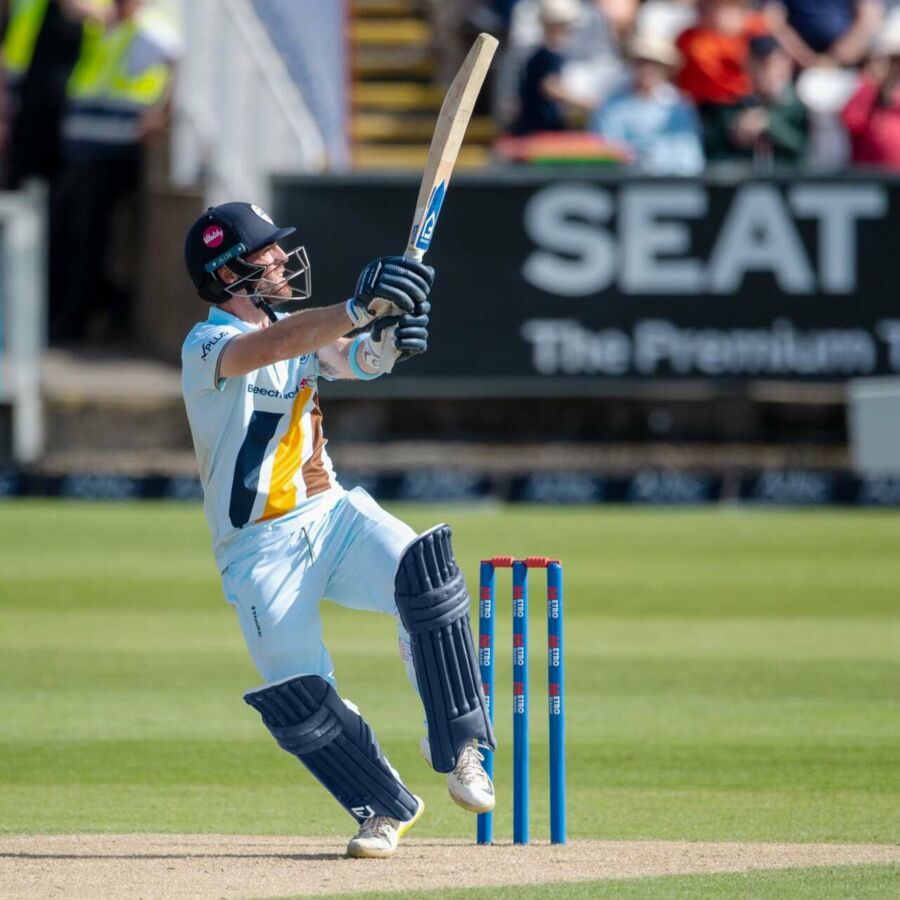Power hitting has become one of the most important aspects of modern cricket. Whether it’s T20 leagues, ODIs, or even Test cricket, the ability to clear boundaries consistently can turn matches in a team’s favor. But hitting big is not just about strength—it’s about timing, technique, and the right equipment. The cricket bat you choose plays a critical role in maximizing your hitting potential.
In this blog, we explore how to choose the right bat for power hitting, key features to look for, and tips to enhance performance at the crease.
Why Bat Selection Matters for Power Hitting
Not all bats are created equal. A bat designed for classical stroke play might not suit an aggressive power-hitting style. The right bat amplifies power, control, and timing, while a poorly chosen bat can limit shot effectiveness.
Key reasons why bat selection matters:
- Optimal Sweet Spot: A larger sweet spot increases the chances of hitting powerful shots even if the ball is slightly off-center.
- Balanced Pick-Up: Helps generate momentum and allows quick wrist movement for big shots.
- Edge Thickness: Thicker edges provide extra power for lofted strokes.
- Weight Distribution: Proper balance ensures you can swing the bat quickly without losing control.
Key Features of a Power Hitting Bat
1. Weight
- Heavier Bats: Generate more power for lofted shots and sixes, but require strength and proper technique.
- Medium Weight Bats: Offer a balance between power and control, suitable for versatile players.
- Lightweight Bats: Allow faster swing and wrist work, ideal for quick shots and improvisation.
Choosing the correct weight depends on your playing style, strength, and format.
2. Sweet Spot Placement
- High Sweet Spot: Located near the top of the bat, perfect for front-foot drives and lofted shots.
- Middle Sweet Spot: Balanced for straight drives and mid-pitch power hitting.
- Low Sweet Spot: Ideal for back-foot shots and on bouncy pitches.
For power hitting, a higher or mid-positioned sweet spot is preferred as it facilitates maximum leverage and boundary clearance.
3. Bat Shape and Edge Thickness
- Thick Edges: Provide extra power and reduce mis-hits on off-center shots.
- Curved Profile: Adds extra pick-up and helps generate bat speed.
- Spine Height: Higher spines increase the rebound effect, resulting in more powerful strokes.
Professional power hitters often choose bats with pronounced edges and high spines for maximum impact.
4. Handle Type and Grip
- Oval Handle: Offers better control for horizontal shots like pulls and cuts.
- Round Handle: Preferred for straight drives and quick maneuvering.
- Grip Material: Rubberized or textured grips improve control and reduce vibration on hard hits.
The right handle and grip allow precision and comfort, reducing the risk of mishits during aggressive shots.
Top Bats for Power Hitting in 2025
Some bats have gained popularity among power hitters in 2025 due to their design, sweet spot, and edge profile:
- Kookaburra Kahuna Pro: Lightweight with high spine, perfect for lofted shots and fast swing.
- MRF Genius Max: Thick edges, mid-to-high sweet spot, ideal for boundary hitting in ODIs and T20s.
- SS Ton Gladiator: Balanced pick-up, mid-length sweet spot, suited for controlled power hitting.
- Gray-Nicolls Legend 2025: Classic design with thick edges, perfect for powerful drives.
- SG Star Blaze 2025: Lightweight with optimized sweet spot, excellent for improvisation in T20 matches.
These bats combine innovation and craftsmanship to help players maximize hitting potential while maintaining control and timing.
Tips for Power Hitting Success
1. Perfect Your Technique
Even the best bat won’t help if technique is lacking. Focus on:
- Footwork: Ensure proper balance for front-foot and back-foot shots.
- Timing: Connect with the ball at the right point for maximum impact.
- Wrist Work: Generate extra leverage for lofted shots and improvisation.
2. Regular Bat Maintenance
- Knocking-In: Prepares the bat for maximum power and reduces cracks.
- Oiling: Maintains willow moisture and durability.
- Inspection: Check edges and handle regularly to ensure consistent performance.
A well-maintained bat enhances power and reduces mishits.
3. Adapt to Pitch Conditions
- On hard pitches, bats with high spine and thick edges work best.
- On bouncy tracks, a lower sweet spot may improve timing for back-foot shots.
Adapting your bat and technique to pitch conditions maximizes hitting potential.
4. Practice with Match Simulation
- Focus on boundary clearing drills.
- Practice hitting different lengths with power.
- Combine timing and footwork to replicate match scenarios.
Regular practice ensures that power hitting translates into effective match performance.
Conclusion
Choosing the right bat for power hitting is more than just brand preference. It requires understanding weight, sweet spot, edge thickness, and handle type. Modern bats like Kookaburra Kahuna, MRF Genius Max, and SG Star Blaze are designed to meet the demands of T20 and ODI power hitters, combining innovation, durability, and balance.
Ultimately, the best bat is one that complements your technique, maximizes timing, and feels like an extension of your arms. With the right equipment, practice, and technique, every batter can clear boundaries, dominate overs, and transform matches with powerful strokes.
Power hitting is an art, and the right bat is the canvas on which every big shot is painted.




